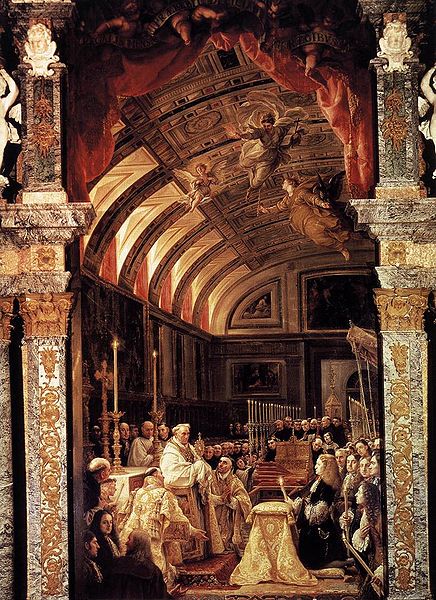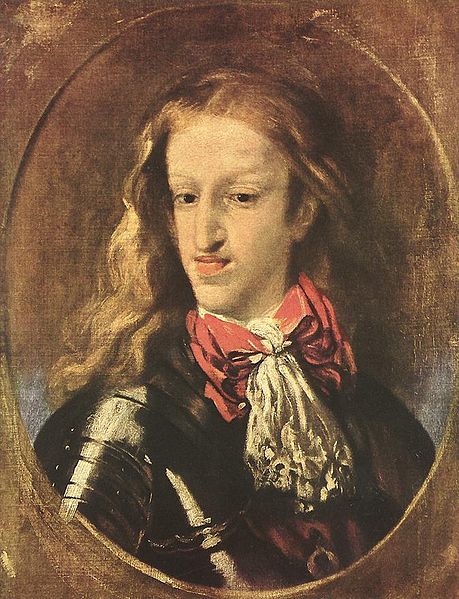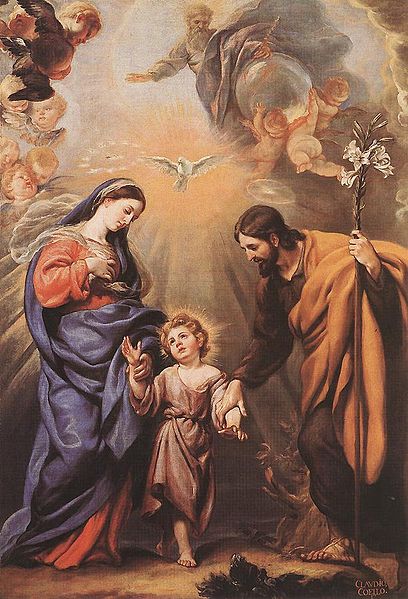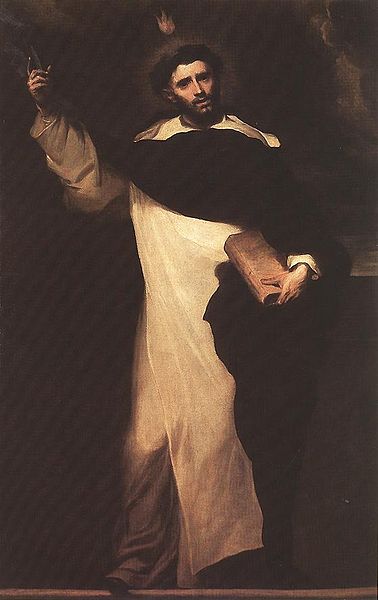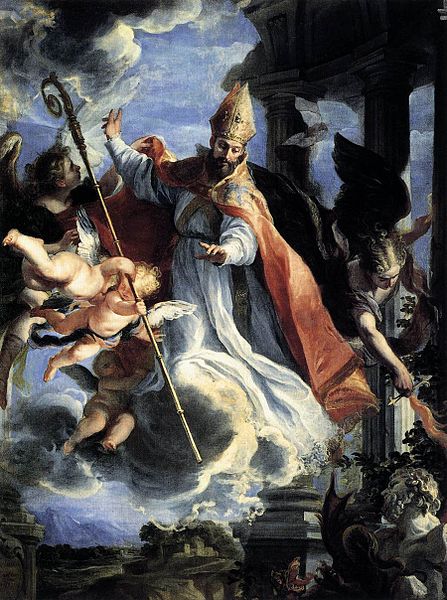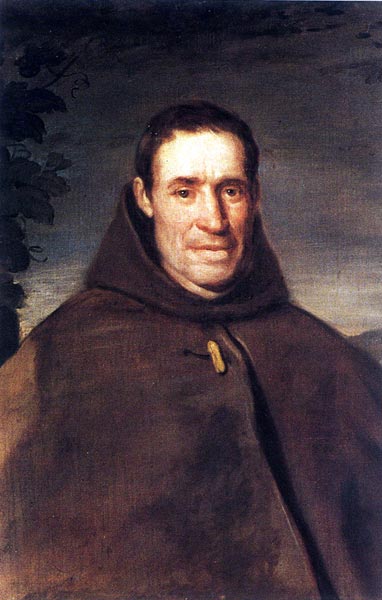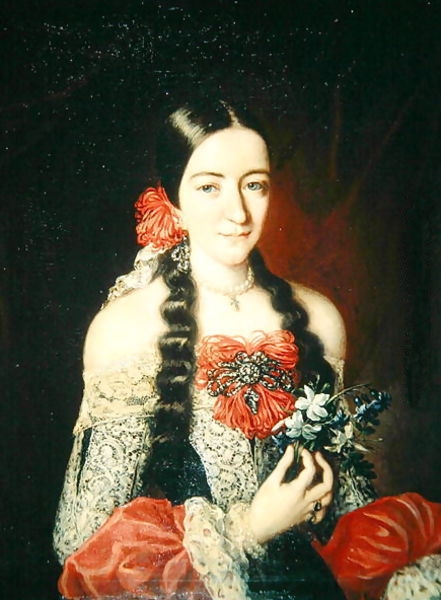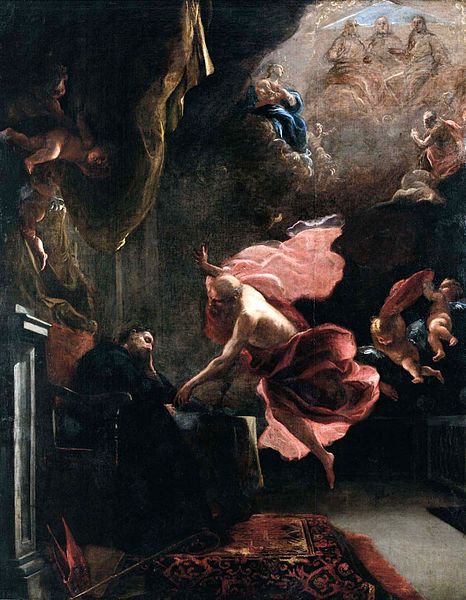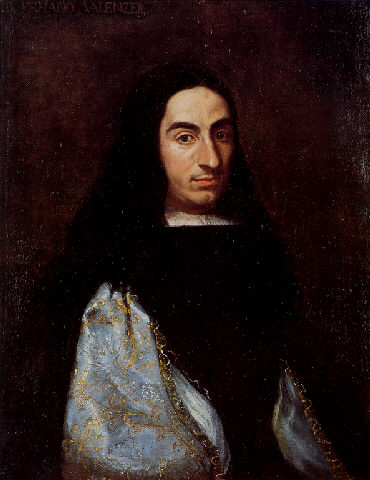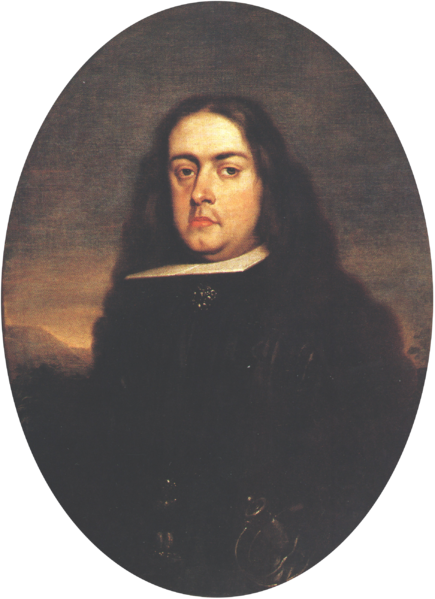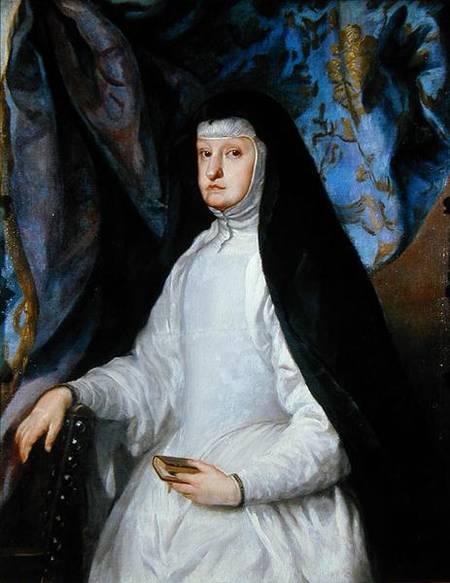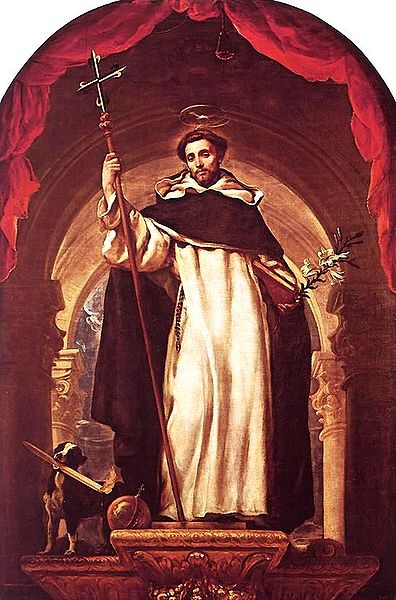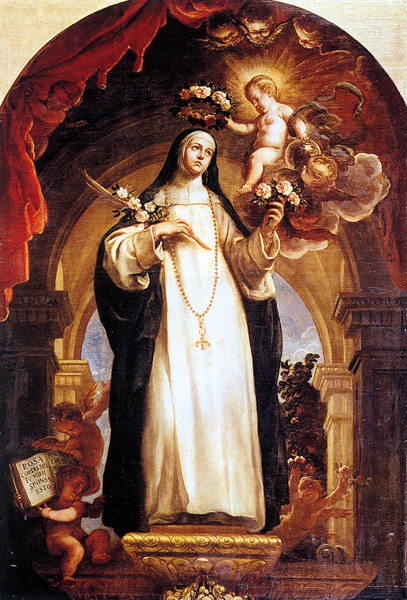<Back to Index>
- Painter Bartolomé Esteban Murillo, 1617
- Painter Juan de Valdés Leal, 1622
- Painter Claudio Coello, 1642
PAGE SPONSOR
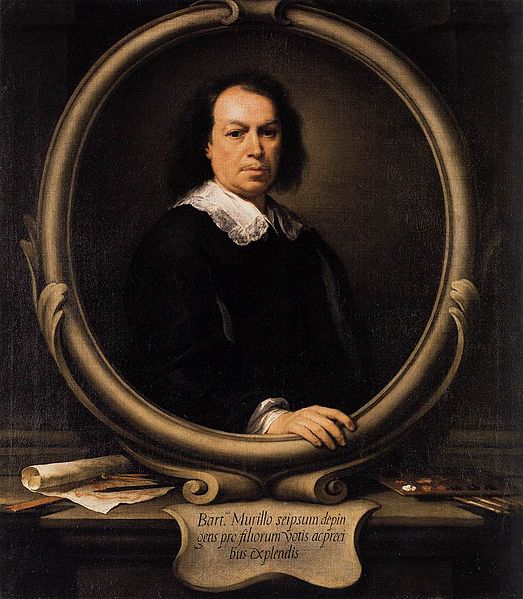
Bartolomé Esteban Murillo (born late December 1617, baptized January 1, 1618 – April 3, 1682) was a Spanish Baroque painter. Although he is best known for his religious works, Murillo also produced a considerable number of paintings of contemporary women and children. These lively, realist portraits of flower girls, street urchins, and beggars constitute an extensive and appealing record of the everyday life of his times.
Murillo was born in Sevilla, the youngest son in a family of fourteen. His father was a barber and surgeon. His parents died when Murillo was still very young, and the artist was largely brought up by his aunt and uncle. Murillo married Beatriz Cabrera in 1645; their first child, named Maria, was born shortly after their marriage. The mother and daughter became the subjects of two of his paintings; The Virgin of the Rosary and Madonna and Child.
Murillo began his art studies under Juan del Castillo in Sevilla. Murillo became familiar with Flemish painting; the great commercial importance of Sevilla at the time ensured that he was also subject to influences from other regions. His first works were influenced by Zurbarán, Jusepe de Ribera and Alonzo Cano, and he shared their strongly realist approach. As his painting developed, his more important works evolved towards the polished style that suited the bourgeois and aristocratic tastes of the time, demonstrated especially in his Roman Catholic religious works.
In 1642, at the age of 26 he moved to Madrid, where he most likely became familiar with the work of Velázquez,
and would have seen the work of Venetian and Flemish masters in the
royal collections; the rich colors and softly modeled forms of his
subsequent work suggest these influences.
He returned to Sevilla in 1645. In that year, he painted thirteen canvases for the monastery of St. Francisco el Grande in Sevilla which gave his reputation a well deserved boost. Following the completion of a pair of pictures for the Sevilla Cathedral, he began to specialize in the themes that brought him his greatest successes, the Virgin and Child, and the Immaculate Conception.
After another period in Madrid, from 1658 to 1660, he returned to Sevilla, where he died. Here he was one of the founders of the Academia de Bellas Artes (Academy of Art), sharing its direction, in 1660, with the architect, Francisco Herrera the Younger. This was his period of greatest activity, and he received numerous important commissions, among them the altarpieces for the Augustinian monastery, the paintings for Santa María la Blanca (completed in 1665), and others.
Murillo
had many pupils and followers. The prolific imitation of his paintings
ensured his reputation in Spain and fame throughout Europe, and prior to
the 19th century his work was more widely known than that of any other
Spanish artist. His painting, Christ on the Cross is at the Timken Museum of Art, San Diego. His work is also found at the Mabee - Gerrer Museum of Art in Shawnee, OK.
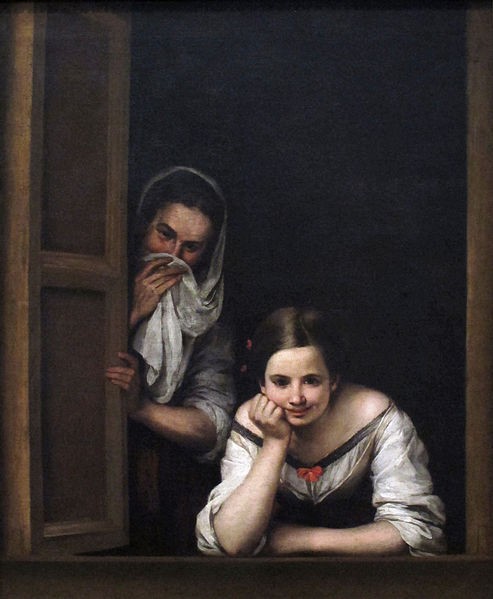
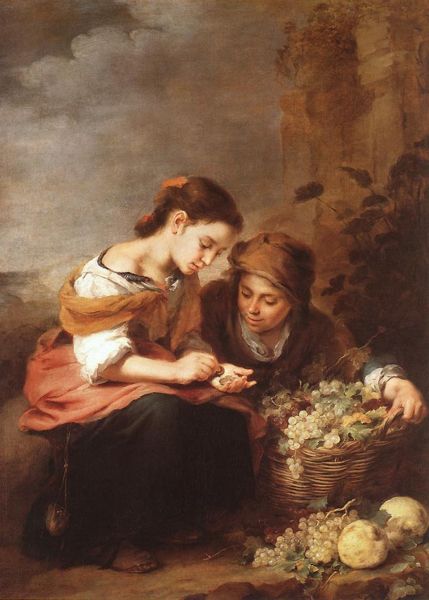
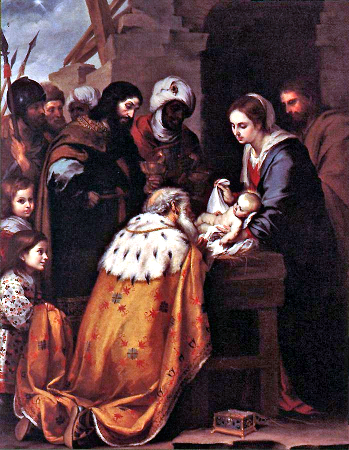
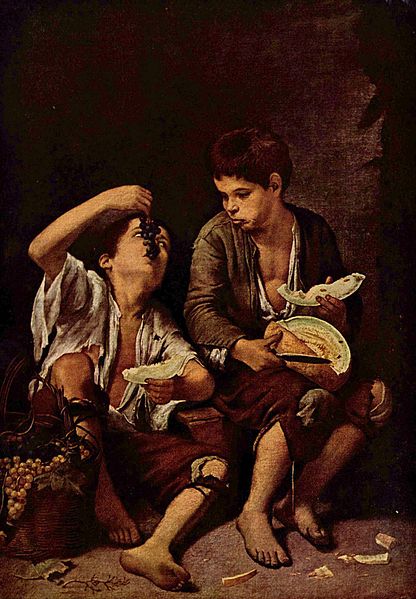
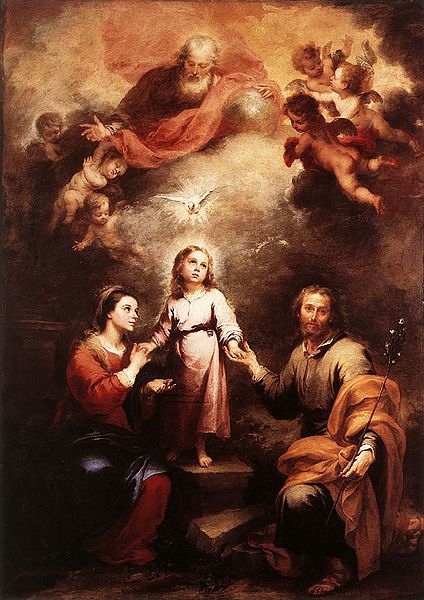
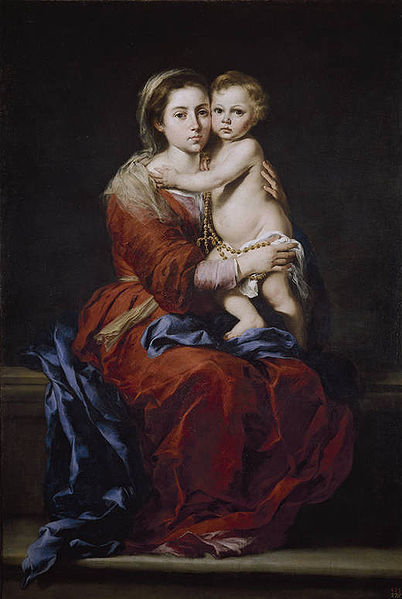
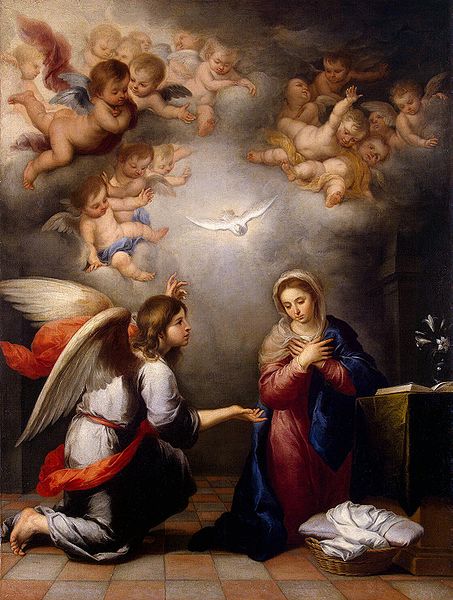
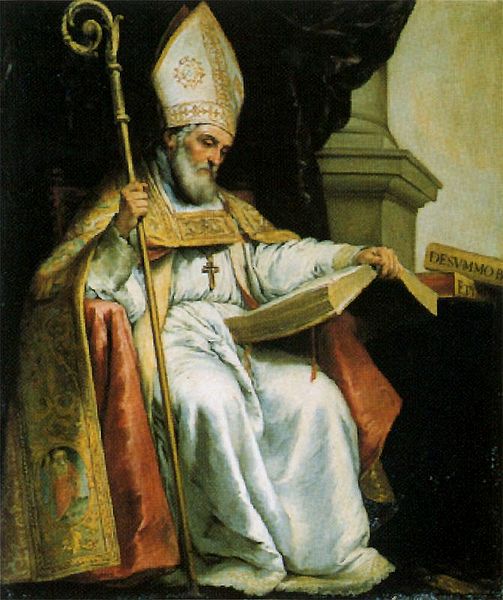
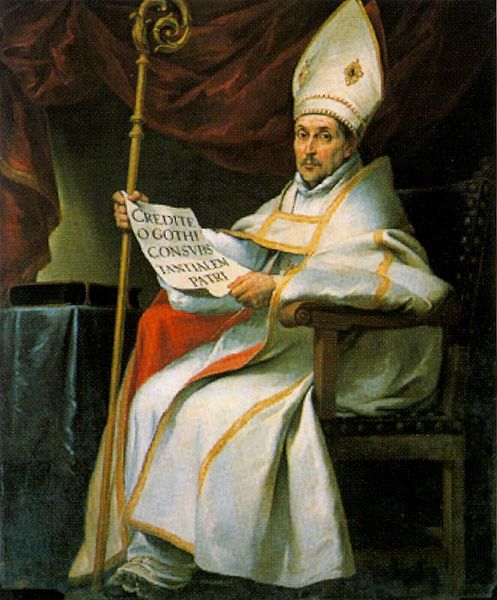
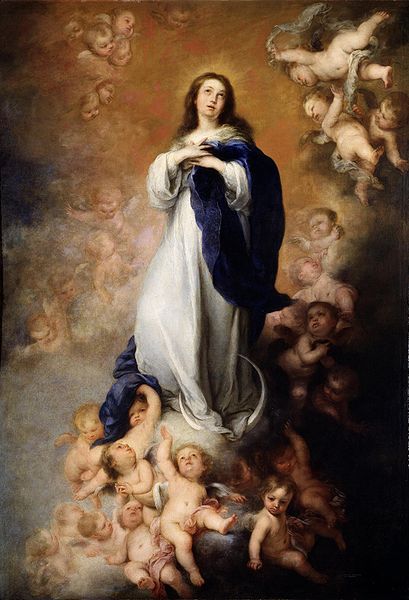
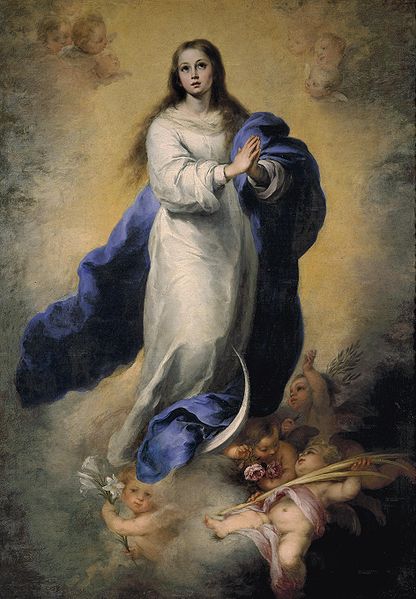
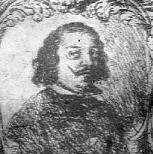
Juan de Valdés Leal (4 May 1622 – 15 October 1690) was a Spanish painter of the Baroque era.
He was born in Sevilla in 1622, and distinguished himself as a painter, sculptor, and architect. He worked for a time under Antonio del Castillo. Among his works are a History of the Prophet Elias for the church of the Carmelites; a Martyrdom of St. Andrew for the church of San Francesco in Córdoba; and a Triumph of the Cross for la Caridad in Sevilla. He was one of the founders of the Sevilla Academy along with his friend, Bartolomé Esteban Murillo. He died in Sevilla.
His wife (daughter of Antonio Palomino), Isabella Carasquilla, was also a painter. She died in Sevilla as late as 1730. Their children were artists, including Lucas, Juan, Maria, and Laura de Valdés. His daughters specialized in portrait miniatures. Maria died a nun in the Cistercian Convent in Sevilla, in 1730.
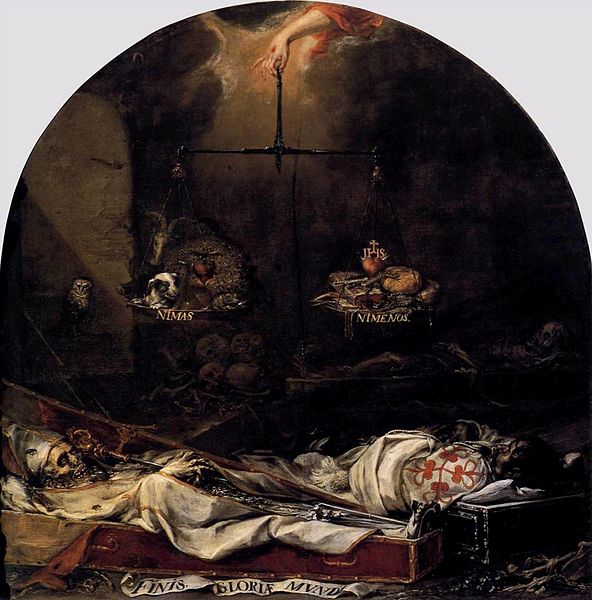
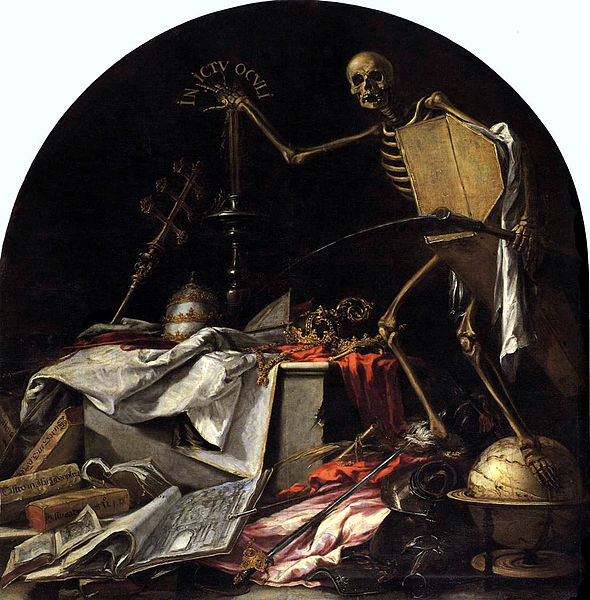
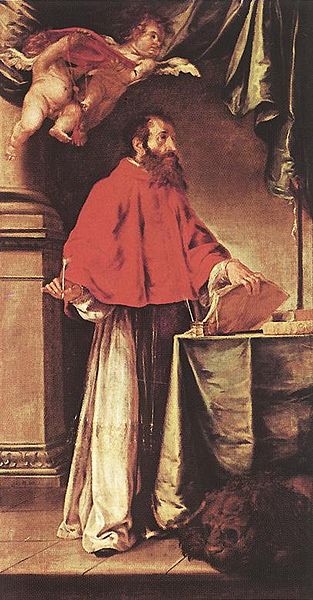
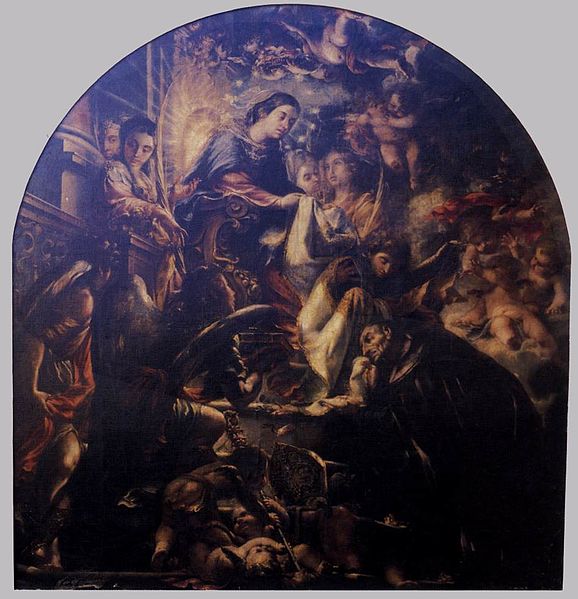
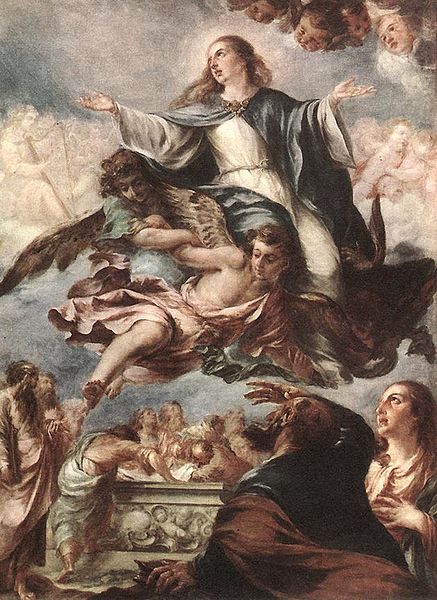
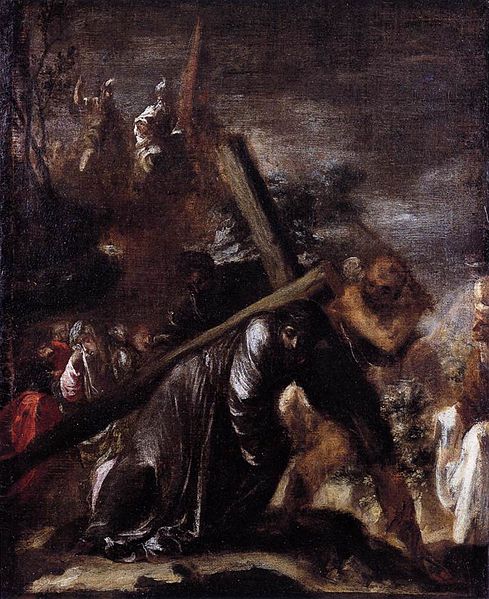
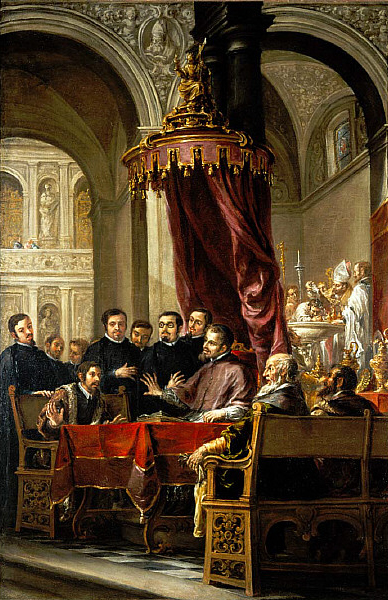
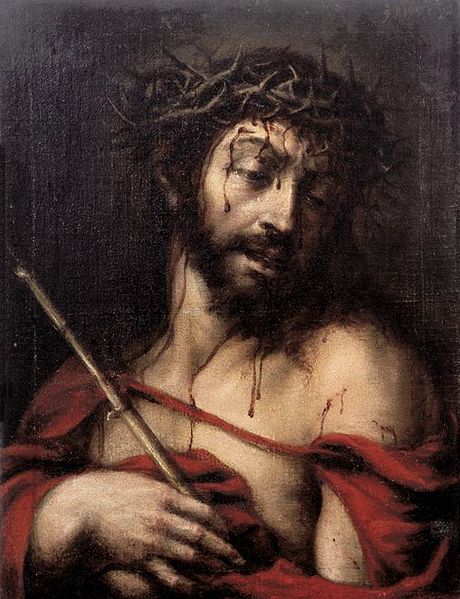
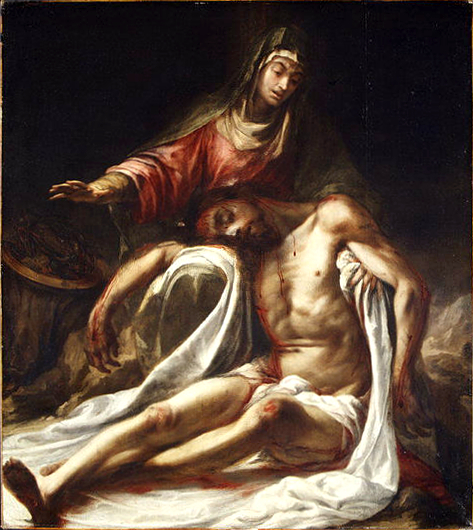
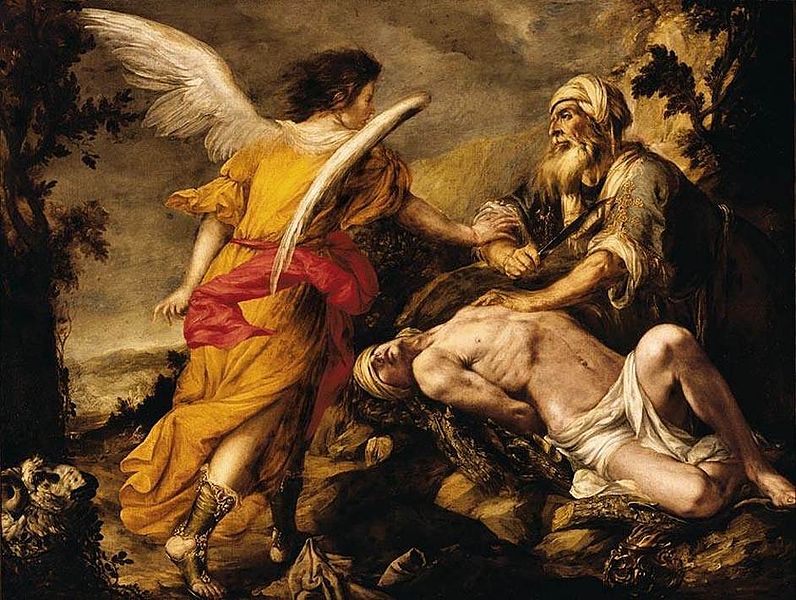
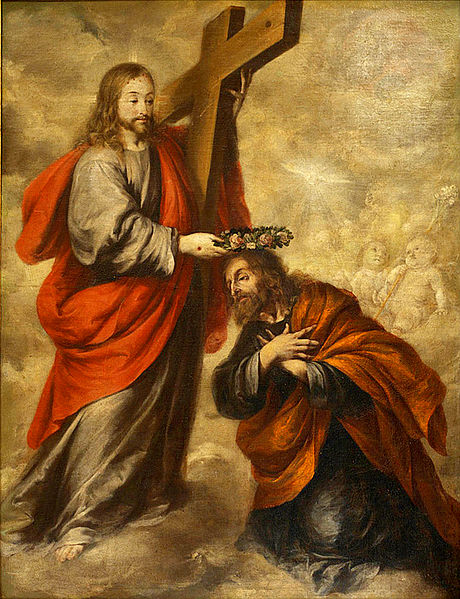
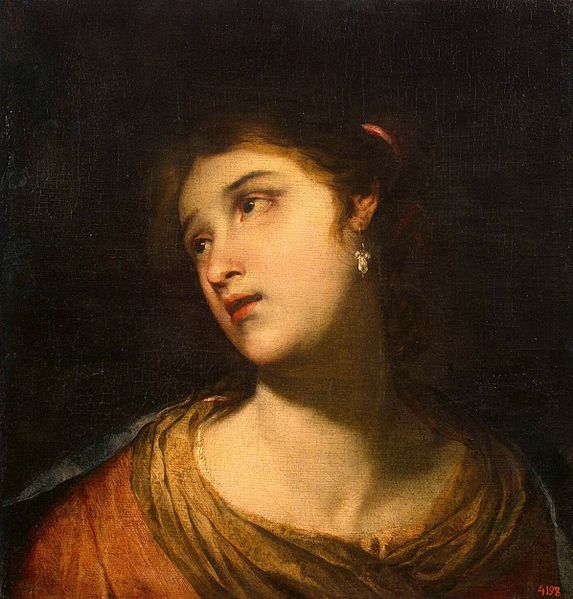

Claudio Coello (2 March 1642 – 20 April 1693) was a Spanish Baroque painter. Influenced by many other artists, including Diego Velázquez who was also of Portuguese descent, Coello is considered the last great Spanish painter of the 17th century.
The son of Faustino Coello, a famous Portuguese sculptor, he was a court painter for Charles II. He worked on many churches and public buildings in Madrid, with his most famous work being in the sacristy of El Escorial, which is filled with portraits of priests and courtiers.
Claudio Coello was of Portuguese parents, but was born at Madrid in 1642. He was there instructed in the art by Francisco Rizi, and executed while yet in that school an altar piece for San Placido at Madrid. His acquaintance with the court painter, Juan Careño, procured him the permission to visit the royal collection, where he made his greatest advance by studying the works of Titian, Rubens, and Van Dyck. His friendship with Josef Donoso, under whom he studied at Rome, was not less advantageous for him. In conjunction with that artist he painted frescoes at Madrid and Toledo, and executed the Triumphal Arch for the entrance of the Queen, Maria Louisa of Orleans. By these paintings he became well known, and was employed by the Archbishop of Saragossa in 1683. He was made painter to Philip IV, by whom he was employed in the Escorial.
Coello never traveled out of Spain, and his extraordinary talents are only known in that country. He was the last Spanish painter of eminence, as from the time that Luca Giordano was summoned to Spain, the art sank gradually to its decay. Many excellent specimens of his ability are to be seen in the churches and convents at Madrid, Saragossa, and Salamanca. But his principal work is the famous altar piece in the sacristy of San Lorenzo, in the Escorial, representing the 'Adoration of the Miraculous Host.' It is an immense composition, and occupied the painter seven years. In the crowd of personages that form the procession, are no less than fifty portraits, including those of the king and the principal persons of the court: it is painted with the utmost precision, yet in a bold and masterly style, and there is a majestic solemnity in the arrangement of the whole, which suits well to the grandeur of the subject. It is a very extraordinary performance, and holds its place even by the side of the works of Titian and Rubens. The preference which was given to Luca Giordano, who came to Madrid in 1692, in painting the grand staircase in the Escorial, mortified Coello so much that he died of vexation at Madrid in 1693.
Coello
etched three plates, viz. : — 'Christ on the Cross, with the
Virgin, St. Augustine, and St. Monica,' and the portraits of Charles II and his Mother. He was the instructor of Sebastian Muñoz and Teodoro Ardmans.
